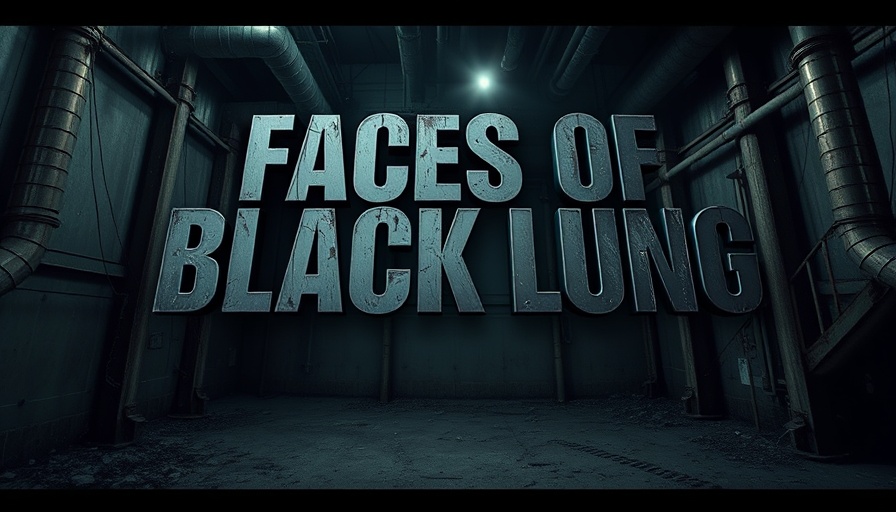
The Hidden Dangers of Black Lung Disease in Coal Miners
In the heart of America’s coal country, the struggle against black lung disease carries an emotional weight that transcends statistics. A historically significant profession, coal mining was once synonymous with steady jobs and financial security. However, the hidden respiratory dangers faced by miners have too often remained submerged beneath the surface.
In 'Faces of Black Lung', the discussion dives into the rising cases of black lung disease among coal miners, prompting us to explore how these trends affect the health of our workforce.
A Long History of Health Struggles
The narrative of coal miners battling health issues like black lung can be traced back to the 1960s, when workers began demanding better protection against the debilitating diseases caused by coal dust exposure. A pivotal moment came with the tragic Farmington Number 9 Mine disaster in 1968, which galvanized public and governmental support for better health measures. This led to the passing of the Coal Mine Health and Safety Act, a significant legislative effort that aimed to shield underground miners from the dangers of excessive dust.
While the initial impact of this legislation was felt widely—with black lung disease rates dropping by approximately 90%—this trend has alarmingly reversed in recent years. Current statistics reveal that nearly half of all active miners today are at risk, with cases of the disease almost doubling in the last decade.
The Personal Toll of Black Lung
Two miners, Chester Fike and a veteran who spent 28 years underground, offer heartbreaking accounts of living with black lung disease. Both men are in their 50s and have experienced significant lifestyle changes due to this progressive illness. Chester, once a passionate hunter and Christmas tree farmer, now grapples with severe health limitations that affect his ability to enjoy activities with his family. His story underscores the emotional and psychological toll that black lung can exert, not only on those afflicted but also on their loved ones.
Health Monitoring: A Crucial Lifeline
Fortunately, modern interventions exist. The National Institute for Occupational Safety and Health (NIOSH) runs the Coal Workers’ Health Surveillance Program, providing free health evaluations to miners every five years. These evaluations, including vital chest X-rays, are instrumental in detecting signs of coal workers' pneumoconiosis early on. However, participation in these programs is crucial; proactive health monitoring can mitigate the growing crisis of black lung disease if miners regularly engage in these preventive measures.
Education as Empowerment
The poignant words of the miners resonate deeply with healthcare professionals: "Take care of yourself. Once a year, X-rays, and follow them up." By promoting awareness and encouraging miners to prioritize their respiratory health, we can strive towards preventing further cases of this debilitating disease.
Families and communities must champion safe mining practices, advocating for stringent adherence to dust control measures. As one miner aptly noted, the most vital resource in this industry is the miner themselves. It is imperative for families to understand the importance of monitoring and maintaining lung health, as neglect can have lifelong repercussions.
Conclusion
As healthcare professionals, it is essential to recognize the devastating effects of black lung disease on individuals and communities. Through education, engagement, and support for health screenings, we can contribute to the ongoing fight against this preventable illness. By prioritizing miners' health and ensuring that protective measures are observed, we can help safeguard future generations of coal miners from the burdens of black lung disease.
 Add Row
Add Row  Add
Add 


Write A Comment